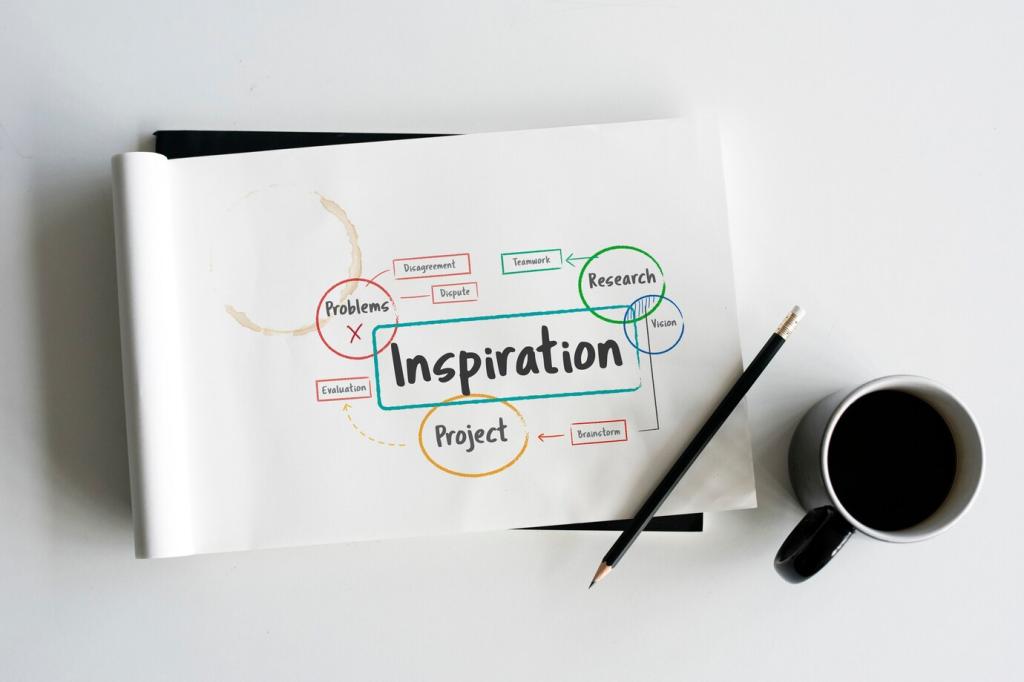
Writing Effective Project Proposals for Interior Designers
Chosen theme: Writing Effective Project Proposals for Interior Designers. Welcome! Here we turn ideas into signed agreements with clarity, warmth, and strategic storytelling. Explore practical frameworks, real-world anecdotes, and designer-tested scripts. Share your questions, subscribe for fresh templates, and tell us which proposal section challenges you most.
Discovery Questions That Reveal Priorities
Move beyond favorite colors. Ask about daily routines, longevity of use, maintenance tolerance, and brand goals. One designer doubled approvals by asking clients which trade-offs they could happily live with, not merely what they wanted.
Stakeholder Mapping for Faster Yeses
Identify the financial owner, the style influencer, and the operational user. Proposals that address each perspective reduce back-and-forth. Include a one-paragraph benefit statement tailored to every stakeholder to speed alignment.
Structure That Sells: The Anatomy of a Compelling Proposal
Problem and Opportunity Framing
Open with a concise statement of the current challenge and unrealized potential. Quantify where possible: underutilized square footage, acoustical complaints, or brand inconsistency. Clients lean in when they recognize themselves in your words.
Vision and Outcomes Clients Can Feel
Translate features into lived experiences: calmer mornings, brighter collaboration, more bookings. A hospitality client said, “You described how the lobby would feel at 5 p.m.” That sensory framing won the project instantly.
Scope, Process, and Milestones at a Glance
Outline phases from discovery to delivery with named milestones. Present what is included and what is not in bullet-style sentences. Clarity protects the relationship and prevents scope creep from overshadowing creativity.
Curated Mood Boards with Narrative Captions
Pair each image with a sentence explaining why it serves the brief. Avoid image dumps. A caption like “embossed leather to withstand lobby traffic while aging gracefully” transforms preference into intention.
Diagrams That Clarify Flow and Function
Use simple overlays to show sightlines, circulation, and zones. Clients approve faster when they understand movement. One residential client finally saw why a pivot door, not sliding panels, solved their cramped entry choreography.
Material Palettes That Balance Beauty and Maintenance
Present options with lifecycle notes: cleanability, sustainability certifications, and sourcing lead times. A small table comparing maintenance intervals built confidence and differentiated the proposal from purely aesthetic pitches.

Money, Time, and Assumptions: Writing with Clarity
Offer Good, Better, Best pathways tied to outcomes, not just price. Explain trade-offs honestly. A retail client chose “Better” after seeing how upgraded lighting would boost product visibility and measured dwell time.
Money, Time, and Assumptions: Writing with Clarity
Show dependencies: permitting, long-lead materials, and fabrication windows. Include contingency days. When delays happen, your documented float demonstrates foresight, not fault, keeping relationships intact even under pressure.
Money, Time, and Assumptions: Writing with Clarity
List what you rely on: timely approvals, access for trades, and accurate as-builts. Clarify exclusions like structural engineering or specialty permits. Clear boundaries prevent misunderstandings and protect your creative energy.
Professionalism, Risk, and Rights: Protecting the Work
Tie invoices to milestones, not vague progress. Specify late fees and pause conditions. Designers who implement clear triggers report fewer disputes and steadier cash flow throughout longer, complex projects.

Follow-Up, Metrics, and Continuous Improvement
Plan touchpoints: a same-day thank-you, a three-day check-in, and a one-week value add. Offer a small insight, not pressure. Respectful persistence signals reliability in the relationship ahead.
Follow-Up, Metrics, and Continuous Improvement
Track proposal win rate, time-to-yes, average revision rounds, and gross margin by scope tier. Patterns reveal which stories, visuals, or price structures actually convert interest into committed collaboration.
